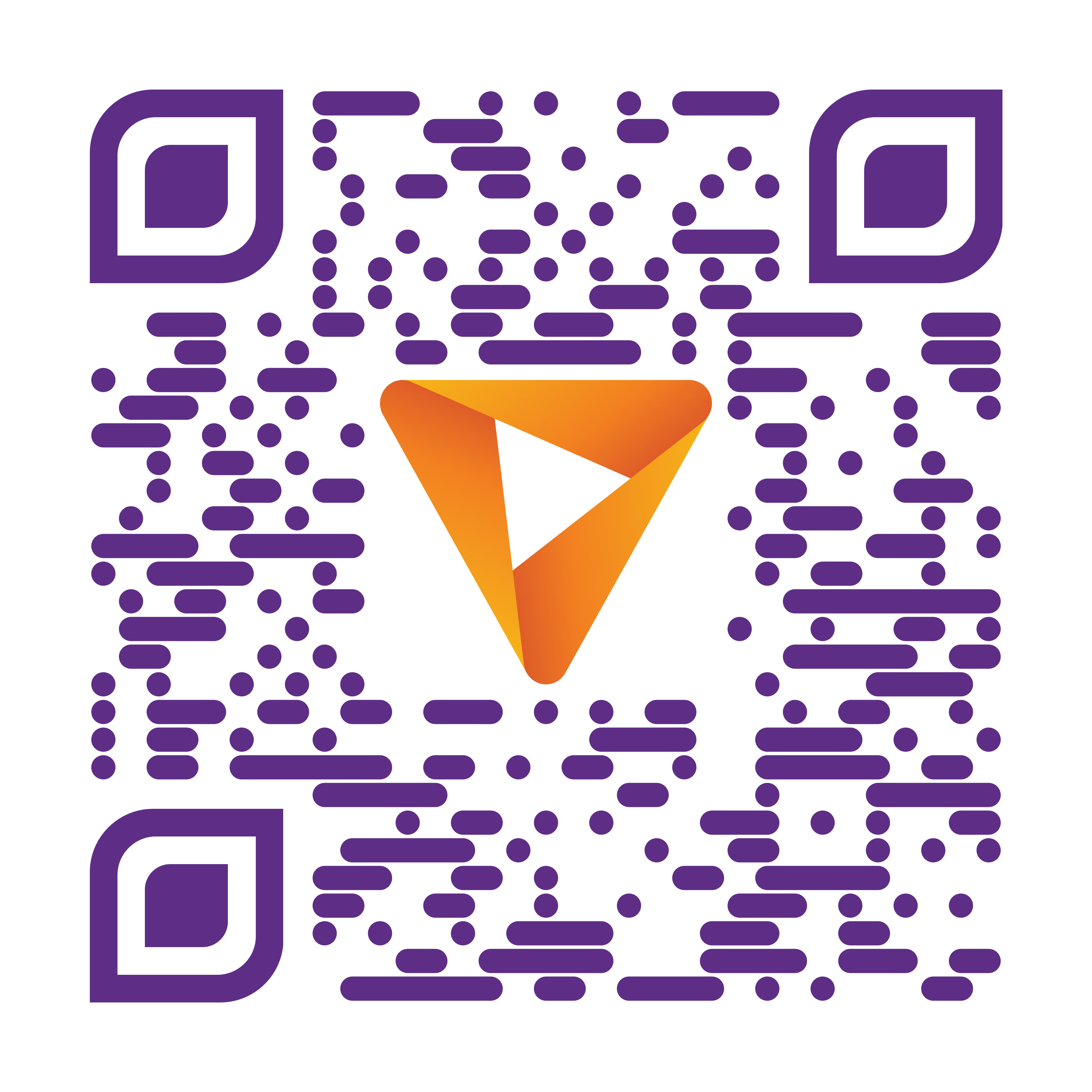Đăng ký Tài khoản Online
Quét mã QR, tải App
TPBank Mobile trên
Play Store & App Store

Cài đặt & mở
Tài khoản Online
trong 5 phút
QUÉT MÃ QR TẢI APP TPBANK MOBILE TẠI ĐÂY

Nhận 1001+ lợi ích và ưu đãi với Tài khoản TPBank

MIỄN PHÍ
Chuyển tiền và 60+ loại phí

HOÀN TIỀN 1,2%
Với Thẻ TPBank Visa

CHỌN SỐ TÀI KHOẢN
Theo ý thích, khẳng định cá tính
A Bright Spot in the Open Banking Landscape in Vietnam
As an inevitable trend in the digital age, Open Banking is becoming increasingly powerful in a wide range of financial and non-financial transactions, serving the needs of a large number of individuals and organizations. It proves to be an important bridge in the financial system in Vietnam.
While for many institutions, including large banks, Open Banking is still in its early stages, TPBank has already embarked on a 7-year journey as a pioneer, contributing to making Open Banking an irreversible trend and paving the way for success.

The Inevitable and Irreversible Trend
Open Banking is a type of transaction where banks and financial institutions open their application programming interfaces (APIs), allowing partners to access and connect with the bank’s applications to develop new services, provide additional benefits for customers, and offer more transparent financial options based on the agreement between the user and the bank or service provider.
Previously, bank accounts were primarily used by customers as a "wallet" for transferring/receiving money, saving, or withdrawing when necessary. Open Banking has truly ushered in a new era of payment and cash flow management, enabling banks, partners, and users to connect at more touchpoints, expanding the scope of transactions and offering a more convenient experience.
Thanks to Open API connections, everyday payments for various needs—such as food, housing, transportation, shopping, travel—have become simpler and more convenient. For instance, you can top up road toll fees directly on the TPBank app in just one minute, or shop for household goods right on the bank’s application.
For example, an e-commerce platform X that needs to process tens of thousands, even up to hundreds of thousands, of transfer orders daily can now operate without needing a large workforce. Thanks to Open APIs, all transactions are automated 100%, processed quickly, and without the need for a large human workforce, reducing errors and personnel risks.
Open Banking is truly proving to be an inevitable trend that brings unimaginable benefits to banks, businesses, and consumers alike.

Defining a True Open Bank
When the Open-API trend was still new in the world and in Vietnam, TPBank, rather than the large names in the market, took the lead by building a complete banking system based on an open platform and being ready to connect with partners.
For TPBank, Open Banking is the right opportunity at the right time, and it has been a key factor in its success. Since the first API was implemented in 2019, hundreds of partners have been connected to nearly 2,000 payment services via Open APIs. TPBank leads the market in the number of connections and service capabilities. TPBank's API transactions have increased over 300% from 2022 to Q1 2024.
Unlike models where banks rely on the strength of technology partners, TPBank has pioneered the development, realization, and persuasion of partners using its own technological capabilities. The APIs TPBank uses to connect internal systems are programmed to be very “open,” allowing partners to easily connect and integrate their services into the TPBank app, or bring TPBank’s services to their own apps.
As a result, in just 3 years, TPBank has become a Super App, similar to WeChat/Alipay, while also becoming mini-apps on partners' platforms, allowing customers to access services as soon as needs arise without needing to switch platforms or visit bank branches—such as opening an account via eKYC on digital wallets or instantly receiving a credit card.
Being early and fast with Open Banking has helped TPBank quickly expand its connections across various sectors, including multi-industry conglomerates, securities, insurance, retail chains, hospitals, schools, transportation, e-commerce, e-wallets, and payment intermediaries. It has also allowed the bank to standardize products and processes, making connections faster.
For example, if a condo management wants to open a payment gateway for residents’ monthly service fees through a banking app, it would take 1-2 months for other banks to implement, but with TPBank, it can be done in just 1-2 weeks.
Another advantage of paying with TPBank is that the management can easily track and compare payments with previous months, and residents can set up automatic payments with just a few simple steps on the TPBank app, avoiding missed payments and ensuring timely service fee updates.

A Digital Future for Open Finance and Open Data
The widespread adoption of Open APIs and Open Banking services on a global scale is expected in the coming years, and those organizations that are pioneers in embracing Open Banking and Open Finance technology will likely have the most competitive advantage in the race to lead the market.
Open Banking has already proven its business benefits: lower costs, higher efficiency, increased customer awareness, better customer retention, and opportunities from new markets. For TPBank, the goal is to reach 10 million customers on digital channels and to process 2 billion transactions through Open API platforms by 2024, further integrating Open APIs into daily life and contributing strongly to the development of the digital economy.
Open Banking is being developed to fully meet customer needs, so services should not only be limited to payments or credit but should expand to cover mortgages, investments, pensions, and insurance.
In addition to the ability to quickly transfer money between bank accounts, customers will also be able to manage their entire financial picture on a single app. These applications will help customers save more through automatic exchange and renewal services, offer faster and cheaper financial and debt advice, and provide more suitable options. Therefore, beyond Open Banking, we need to start thinking about Open Finance—and ultimately Open Data—such as integrating electronic billing services and smart measurement systems.
This highlights the crucial role of regulatory authorities in promoting the development of Open Finance and Open Banking. Regulators need to implement timely policies to ensure that businesses and organizations do not miss out on the opportunities that Open Finance offers, or fall behind other countries in the financial sector.
Lên đầu trang











